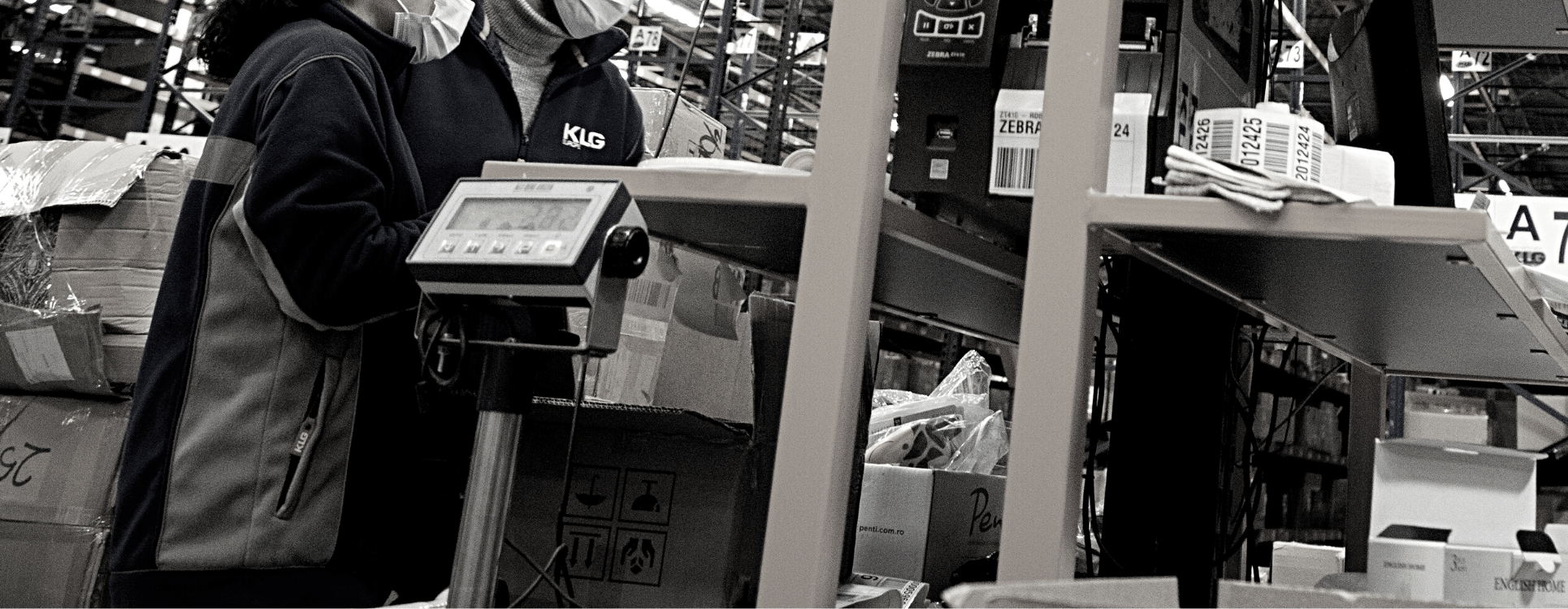It is important for anyone who owns an online store or wants to start an e-commerce business to understand the process of the supply chain or distribution chain management. What happens after the goods are purchased, how they are transported, who manages the flow of products and data, and so on. So, e-commerce entrepreneurs can learn about the digital transformation of logistics warehouses today, from the purchase of raw materials to the delivery of the product to the final destination – the online buyer – from this article.
If you think that today’s warehouses are nothing more than open industrial spaces with employees storing storage racks and forklifts, you should know that there are intelligent systems that constantly contribute to activity monitoring.
Warehouse digitalization has facilitated the rapid adoption of new technologies and automation processes, which have transformed the way traditional warehouses operate.
Fast-growing online stores and brands rely on “smart” warehouses. They provide companies and entrepreneurs with speed, automation, visibility, and transparency. Thus, logistics companies improve their capabilities and enable stores to monitor their supply chain while also improving the customer experience.
What does the digitalization of the distribution chain imply?
- Real-time data exchange
Even if the store expands into new sales channels and distribution locations, a digital solution implemented in the distribution chain should automatically collect and record real-time data and stream it in a single dashboard. As a result, merchants receive advanced data and analysis reports that include visual data about inventory, orders, storage costs, and delivery performance. Imports of products and orders are completed quickly, with no upfront costs or setups, and online stores can use the same couriers and billing software as brick-and-mortar stores and have access to automation features.
- Warehouse Management System (WMS)
A warehouse management system (WMS) monitors and controls daily logistics operations in one or more warehouses, tracking all product stocks received, stored, picked up, packaged, shipped, and renewed in the most efficient manner possible. It also provides transparency by recording almost any type of logistical data – from how many orders a picker (the person who chooses the product from the shelf) can choose per hour to how long it takes to receive, count, and store new inventory that arrives. This data is sent to the trader in real-time to assist him in better managing his operations.
- Wearable technology
It should come as no surprise that wearable technology will be used in warehouses in 2022 and beyond to enable more interactive storage processes. From smart glasses to portable scanners, activity tracking bracelets, and mobile printers, warehouse employees can access a large amount of information in the shortest amount of time. All of these smart sensor devices are linked to warehouse management systems in order to accelerate logistics space processes.
- Warehouses automation
Warehouse automation enables you to manage your inventory flow from receipt to order without manually tracking inventory throughout the supply chain. As a result, everything associated with a customer’s order is automated, from inventory storage and tracking to picking, packing, and shipping, in order to prevent inventory depletion, save time, and reduce human error.
Conclusion
The digitalization of distribution chain activity has broader implications than simply improving operations; it not only transforms employee skills, but also contributes to the scaling of online businesses. Furthermore, advanced technologies will enable the analysis of large volumes of data collected by companies over many years of activity, with the goal of identifying patterns and behaviours of consumers. As a result, logistics and e-fulfilment centres are investing more and more in streamlining internal processes, assisting any e-commerce business to grow and have satisfied customers.


